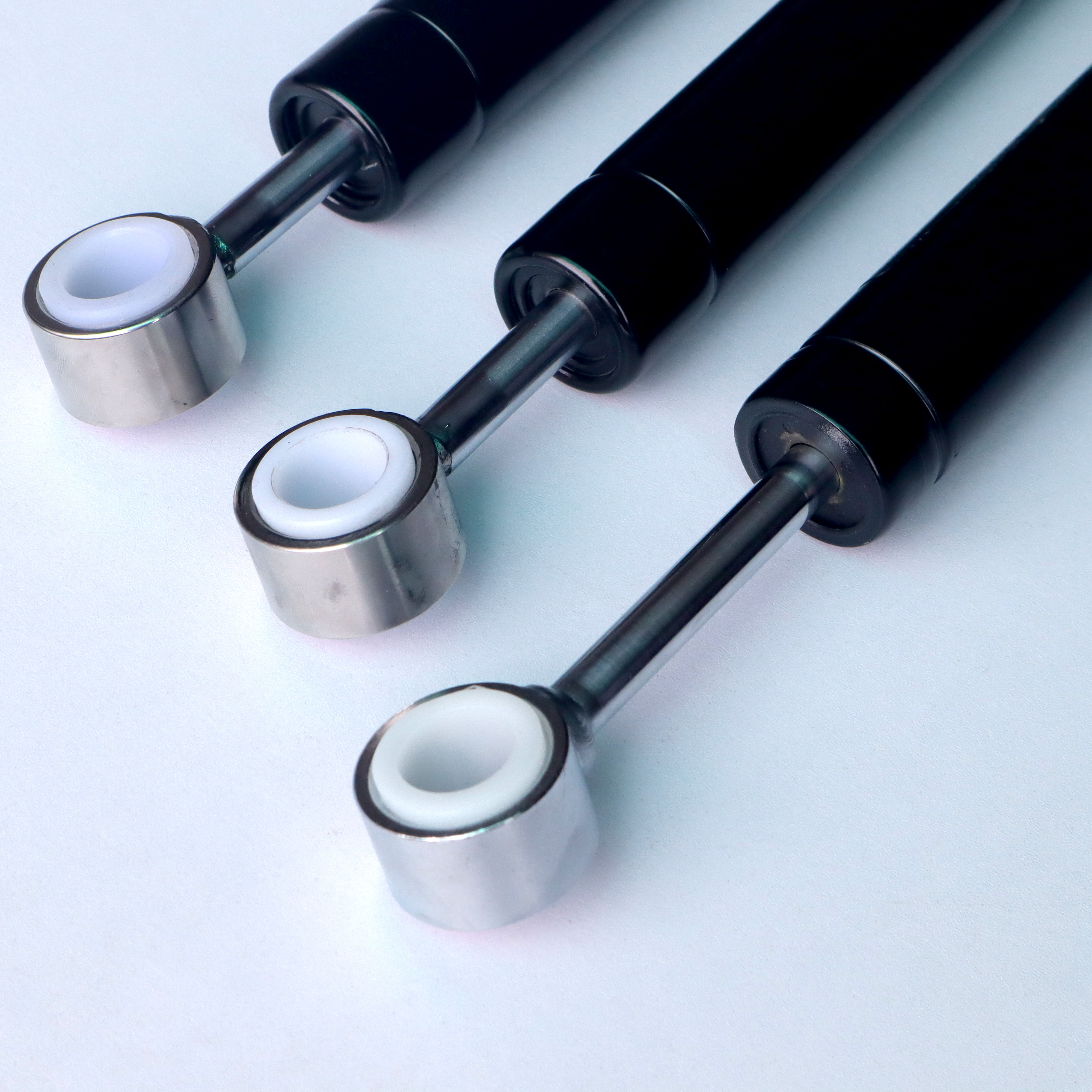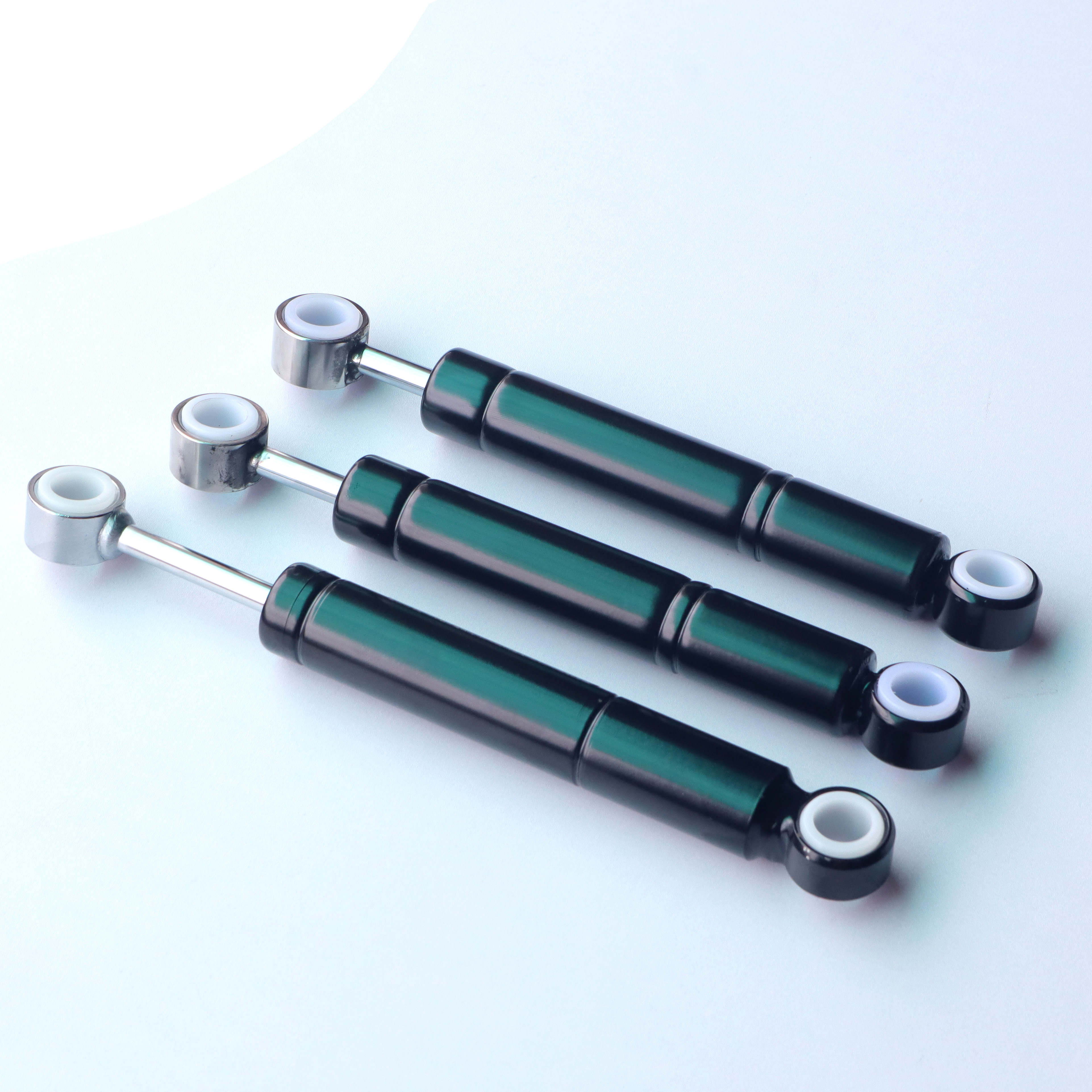Gas springs are a common component in many applications, from automotive hoods to office chairs. They provide controlled and smooth movement by using compressed gas to generate force. However, there are times when a gas spring may not move as expected, leaving users puzzled and frustrated. In this article, we will explore some common reasons why a gas spring may not be moving and what can be done to address the issue.
1. Lack of Lubrication: One of the most common reasons for a gas spring not moving smoothly is the lack of proper lubrication. Over time, the internal components of the gas spring can become dry and create friction, hindering the movement. To address this issue, it is important to regularly lubricate the gas spring according to the manufacturer's recommendations. Using a high-quality lubricant can help reduce friction and ensure smooth operation.
2. Damaged or Worn Seals: The seals in a gas spring are crucial for maintaining the internal pressure and preventing gas leakage. If the seals are damaged or worn out, it can lead to a loss of pressure and hinder the movement of the gas spring. In such cases, it is important to inspect the seals for any signs of damage and replace them if necessary. Regular maintenance and inspection can help identify seal issues early on and prevent them from causing further problems.
3. Contamination: Contaminants such as dirt, dust, or debris can find their way into the gas spring mechanism, causing it to become stuck or move unevenly. Regular cleaning and maintenance can help prevent contamination from affecting the performance of the gas spring. It is important to keep the area around the gas spring clean and free from debris to ensure smooth operation.
4. Over-pressurization: Gas springs are designed to operate within a specific pressure range. If the gas spring is over-pressurized, it can lead to excessive force and hinder its movement. It is important to ensure that the gas spring is operating within the recommended pressure range to prevent any issues with movement. If over-pressurization is suspected, it is advisable to consult the manufacturer or a qualified technician to adjust the pressure to the appropriate level.
5. Misalignment or Installation Issues: Improper installation or misalignment of the gas spring can also lead to movement issues. It is important to ensure that the gas spring is installed correctly and aligned properly to allow for smooth and unrestricted movement. Checking the installation and alignment of the gas spring can help identify any issues that may be hindering its movement.
In conclusion, a gas spring may not be moving smoothly due to various reasons such as lack of lubrication, damaged seals, contamination, over-pressurization, or installation issues. Regular maintenance, proper lubrication, and timely inspection can help prevent these issues and ensure the smooth operation of gas springs. If the problem persists, it is advisable to seek assistance from a qualified technician or the manufacturer to diagnose and address the issue effectively.


Guangzhou Tieying Spring Technology Co.,Ltd set up in 2002,focusing on gas spring production for more than 20 years,with 20W durability test,salt spray test,CE,ROHS, IATF 16949.Tieying products includes Compression Gas Spring, Damper, Locking Gas Spring, Free Stop Gas Spring and Tension Gas Spring. Stainless steel 3 0 4 and 3 1 6 can be made. Our gas spring use top seamless steel and Germany Anti-wear hydraulic oil, up to 9 6 hours salt spray testing, - 4 0℃~80 ℃ Operating temperature, S G S verify 1 5 0,0 0 0 cycles use life Durability test.
Phone:008613929542670
Email: tyi@tygasspring.com
Post time: Jun-06-2024
